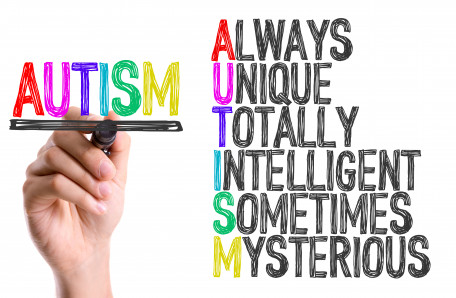Comparing the Portrayals and Medicalisation of Autism in Hong Kong Newspapers with the Perceptions of Individuals with Autism: A Discourse Analytic Study
- Project Scheme:
- General Research Fund
- Project Year:
- 2024/25
- Project Leader:
- Dr Yip, Wai Chi Jesse
- (Department of Linguistics and Modern Language Studies)

Guided by a social constructionist perspective, the proposed study investigates the news representation of autism in Hong Kong with consideration of the perception of IWAs.
The number of people being diagnosed with autism is increasing globally. Healthcare professionals define and categorise autism as a type of mental disorder, and individuals with autism (IWAs) are often perceived as having disabilities. Thus, autism is generally medicalised as an illness. The news media plays a crucial role in shaping the public’s understanding of autism and IWAs. Prior research has suggested that the negative representation and medicalisation of autism in newspapers can cause IWAs to be stigmatised and their mental health to deteriorate.
Despite negative impacts brought by medicalisation, very little research has systematically examined the linguistic construction of the medicalisation in the press. Without this knowledge, we cannot understand whether and how autism and autistic identity is stigmatised in the discourse. Other research gaps are also identified. First, very little research has focused on the Chinese speaking region in which more than 10 million people have been diagnosed with autism. Second, nearly all of the previous studies have used content analyses to examine somewhat small news corpora. The language use in the news portrayal of autism has been overlooked. Moreover, the studies discussed the impacts of the news portrayal about autism without exploring the perceptions of IWAs.
Guided by a social constructionist perspective, the proposed study investigates the news representation of autism in Hong Kong with consideration of the perception of IWAs. Based on a self-compiled corpus containing more than 18000 news articles related to autism, the focal analysis will be a corpus-assisted discourse analysis that combines corpus linguistics and critical discourse analysis to examine how autism is portrayed and medicalised linguistically through the analyses of keywords, word frequency, collocates, N-grams and concordances. Diachronic analyses will be conducted to understand changes of the representations and medicalisation over time (2000-2022). Then semi-structured individual interviews will be conducted with IWAs to explore their perceptions of autism, their autistic identity and the news portrayal of autism. The results of the analyses will be compared empirically to discuss the potential impacts of the news on IWAs and generate implications.
The significance of this project is three-fold. First, it elucidates how portrayals of autism and the medicalisation of autism in Chinese newspapers operate and may stigmatise IWAs from a discourse-analytical perspective. Second, it enhances the public’s understanding of IWAs by eliciting and investigating their voices. Third, it provides practical implications for journalists, researchers, educators, healthcare practitioners, and lawmakers.








